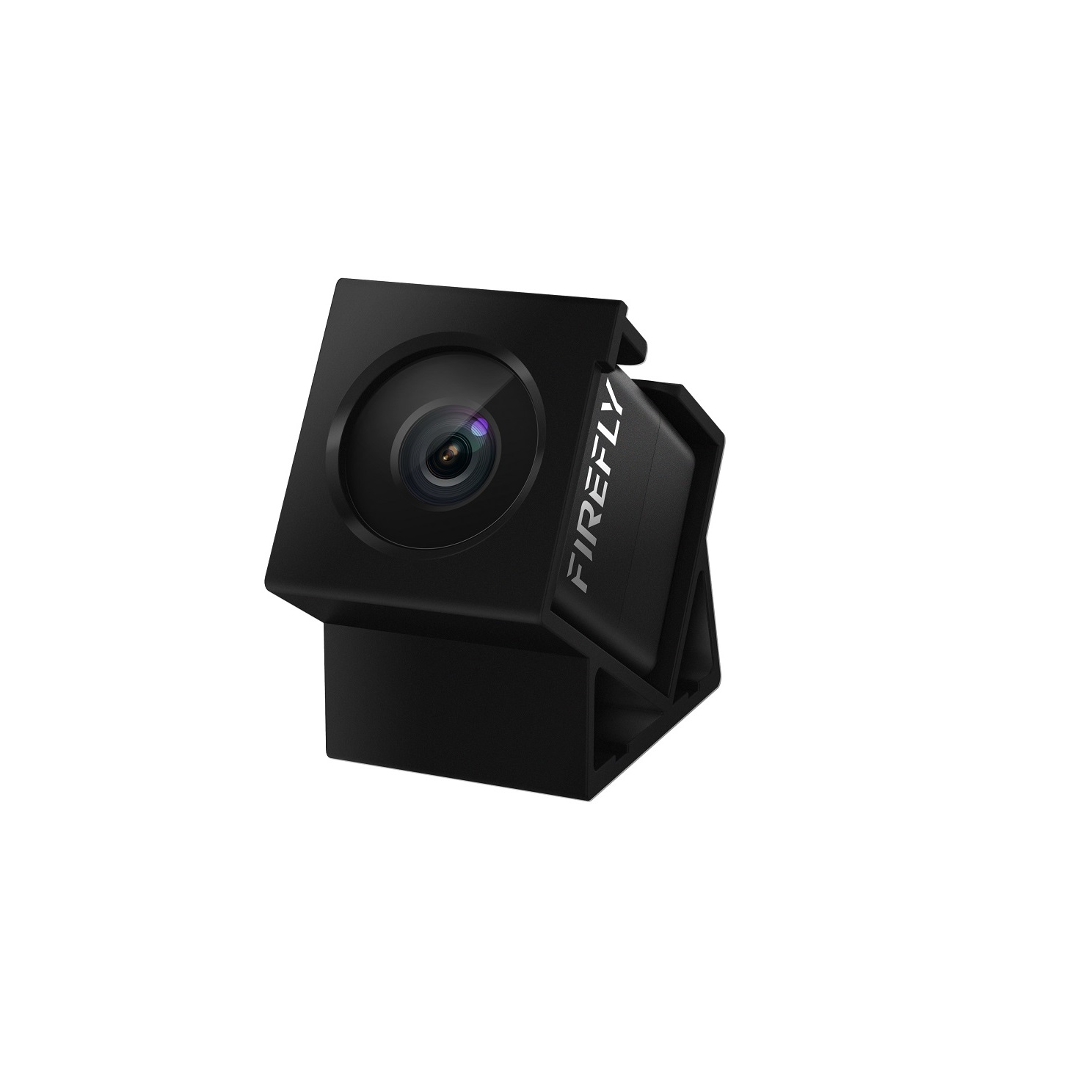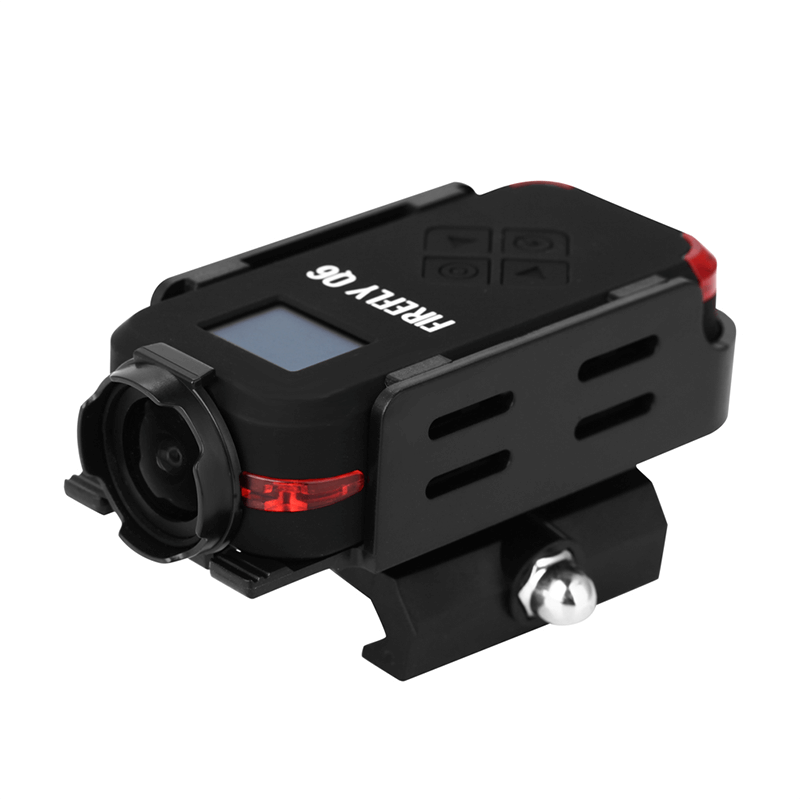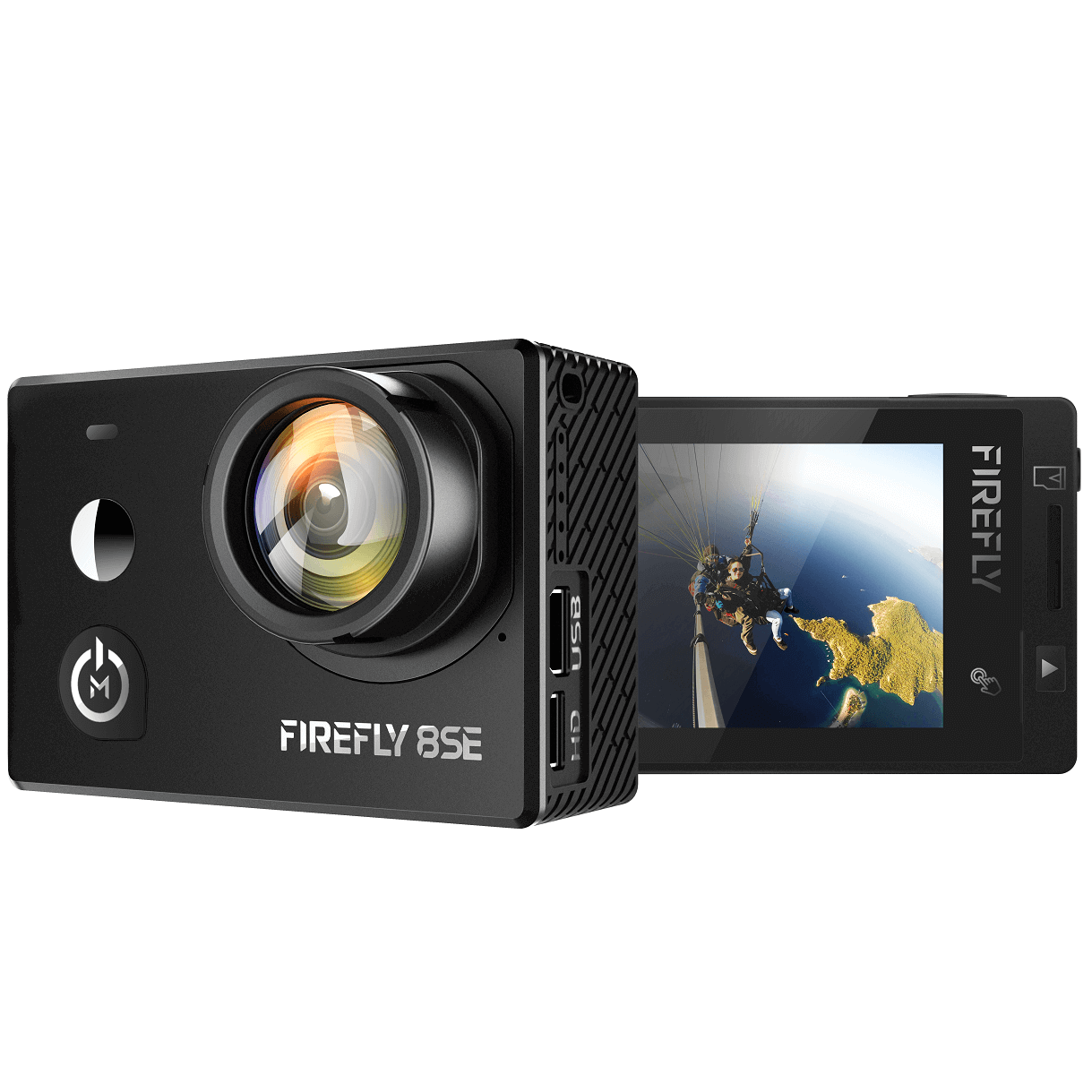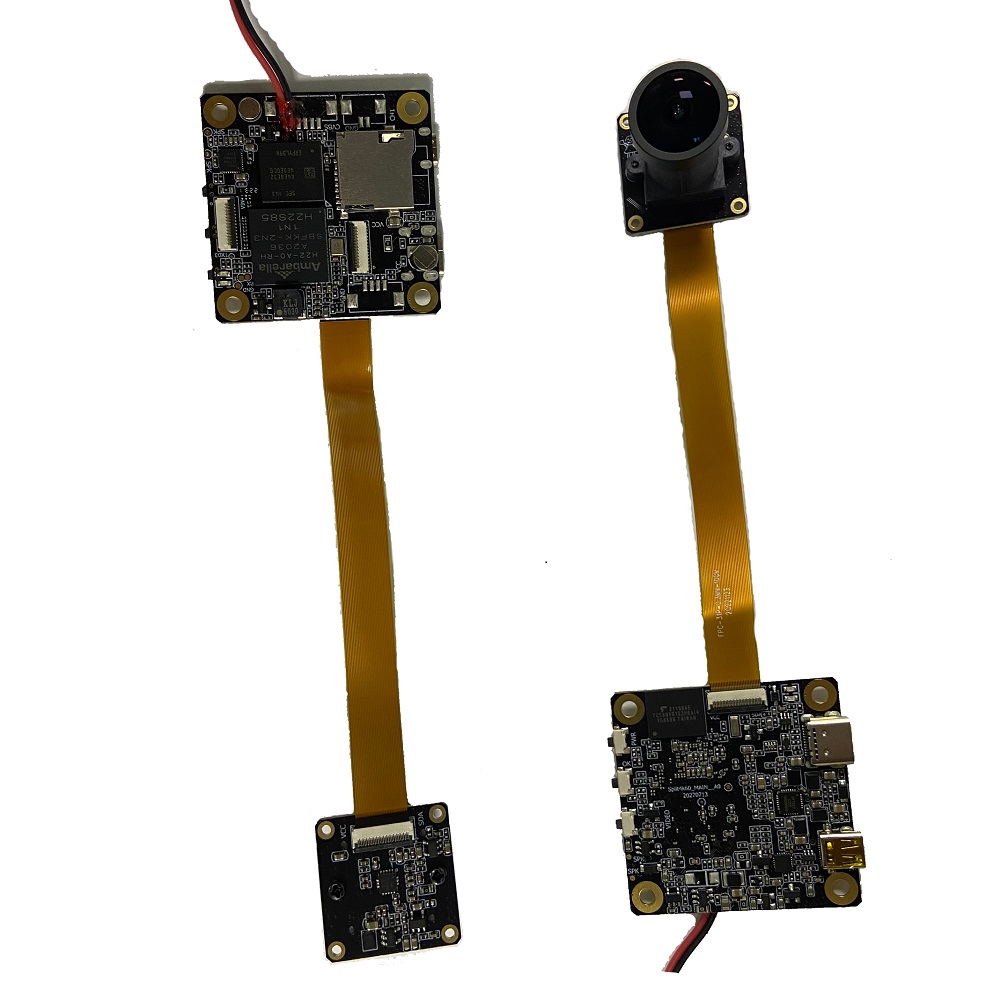Why Low-Latency Micro FPV Cameras Are Essential for Drone Pilots
Published:
2024-11-18 15:30:22
Discover why Low-Latency Micro FPV Cameras are crucial for drone pilots, ensuring precision, speed, and real-time visual feedback.
Drone racing and aerial photography require precision, speed, and real-time responsiveness. A low-latency micro FPV camera is a game-changer for drone pilots, providing the crucial visual feedback necessary for optimal control and performance. Let’s explore why these cameras are indispensable for drone enthusiasts and professionals alike.
1. What Is a Low-Latency Micro FPV Camera?
A low-latency micro FPV (First Person View) camera transmits real-time video with minimal delay. Unlike standard cameras, these devices are designed to ensure a near-instantaneous visual feed, which is critical for high-speed activities such as drone racing or navigating complex terrains.
These cameras are typically compact, lightweight, and designed to fit seamlessly into drones of all sizes, making them ideal for both hobbyists and professionals.

2. The Importance of Low Latency in FPV Cameras
Latency refers to the time it takes for a camera to capture an image, process it, and transmit it to a receiver or monitor. In high-speed drone applications, even a slight delay can result in collisions or missed targets.
A low-latency micro FPV camera ensures:
- Precise Control: Instant feedback allows pilots to react quickly to obstacles and changes in the environment.
- Improved Performance: Especially in drone racing, where split-second decisions can make the difference between winning and losing.
- Enhanced Safety: Reduced latency minimizes the risk of accidents by providing accurate visual input.
3. Key Features of Low-Latency Micro FPV Cameras
When choosing a low-latency micro FPV camera, consider the following features:
- Resolution and Image Quality: High-definition cameras provide clearer images, improving situational awareness.
- Field of View (FOV): A wide FOV gives pilots a broader perspective, essential for navigating tight spaces.
- Durability: Robust construction ensures the camera can withstand crashes and tough weather conditions.
- Size and Weight: A compact, lightweight design reduces the drone's overall weight, improving flight efficiency.
- Compatibility: Ensure the camera works with your drone’s transmitter and goggles for seamless integration.
4. Applications of Low-Latency Micro FPV Cameras
- Drone Racing: Speed and precision are critical, and low-latency cameras provide the edge needed for competitive flying.
- Aerial Photography: Real-time visual feedback ensures pilots can frame shots perfectly.
- Search and Rescue: Quick visual input helps in navigating through debris or tight areas efficiently.
- Freestyle Flying: Low-latency cameras enhance the experience by providing an immersive, uninterrupted FPV view.

5. Tips for Maintaining Your FPV Camera
To maximize the lifespan and performance of your low-latency micro FPV camera:
- Regularly clean the lens to avoid blurred visuals.
- Check connections to ensure consistent video transmission.
- Protect the camera with a sturdy mount to avoid damage during crashes.
- Update firmware when available for optimal performance.
Conclusion
A low-latency micro FPV camera is an indispensable tool for drone pilots, offering real-time visual feedback essential for precision and safety. Whether you’re racing, exploring, or capturing stunning aerial footage, these cameras ensure you stay ahead of the curve. By choosing the right camera and maintaining it properly, you can elevate your drone flying experience to new heights.
Stay ahead in the skies with the perfect low-latency micro FPV camera for your needs!








